Best Timing for Storm Restorations
Storm restorations are most effective when performed promptly after severe weather events. The optimal timing depends on weather patterns, regional climate, and the extent of storm activity. Typically, the late summer and early fall months see increased storm activity, making them prime periods for inspections and repairs.
Timely storm restoration minimizes damage progression, reduces repair costs, and helps maintain the structural integrity of properties. Delaying repairs after storms can lead to secondary issues such as water intrusion, mold growth, and further structural deterioration.
Conduct inspections soon after storms to assess damage and plan necessary restorations.
Understanding regional weather cycles helps determine the best window for repairs.
Late summer and early fall often see increased storm activity, ideal for proactive restoration planning.
Preparing before storm seasons can ensure quicker response times and minimized damage.
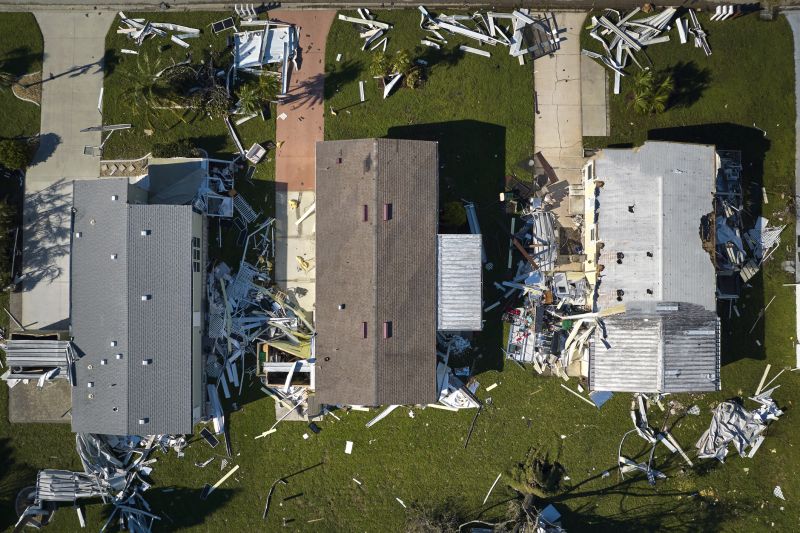
Inspecting roofs and exteriors after storms.
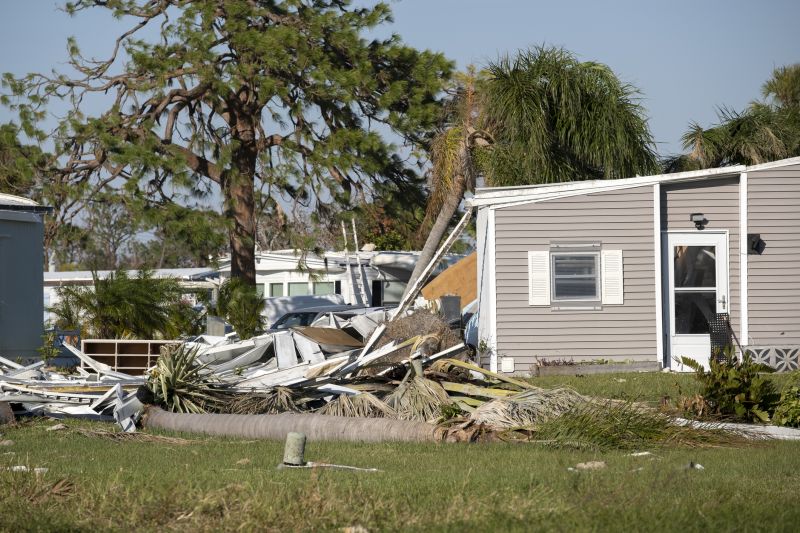
Temporary fixes to prevent further damage.
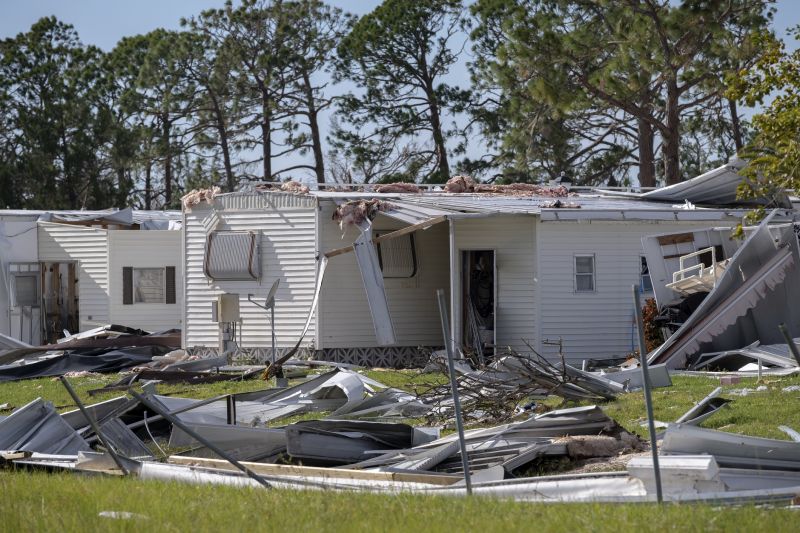
Repairing damaged roofs and siding.

Ways to make Storm Restorations work in tight or awkward layouts.

Popular materials for Storm Restorations and why they hold up over time.

Simple add-ons that improve Storm Restorations without blowing the budget.
| Season | Optimal Restoration Period |
|---|---|
| Spring | Late spring for early storm preparedness. |
| Summer | Early summer for post-storm repairs. |
| Fall | Late summer and early fall for peak storm activity. |
| Winter | Limited window, mainly for interior damage. |
| Pre-Storm Season | Preparation before storms develop. |
Storm restorations involve assessing damage caused by severe weather, including wind, hail, and heavy rain. Prompt repairs help prevent further deterioration and protect property value. Proper timing ensures that restoration efforts are effective and cost-efficient, especially during peak storm seasons when damage likelihood is highest.
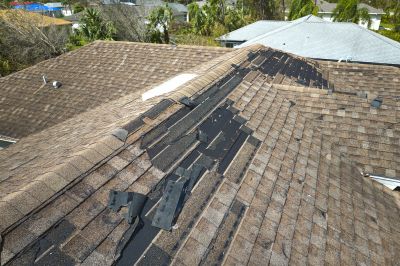
Replacing damaged shingles and sealing leaks.

Fixing siding and damaged facades.
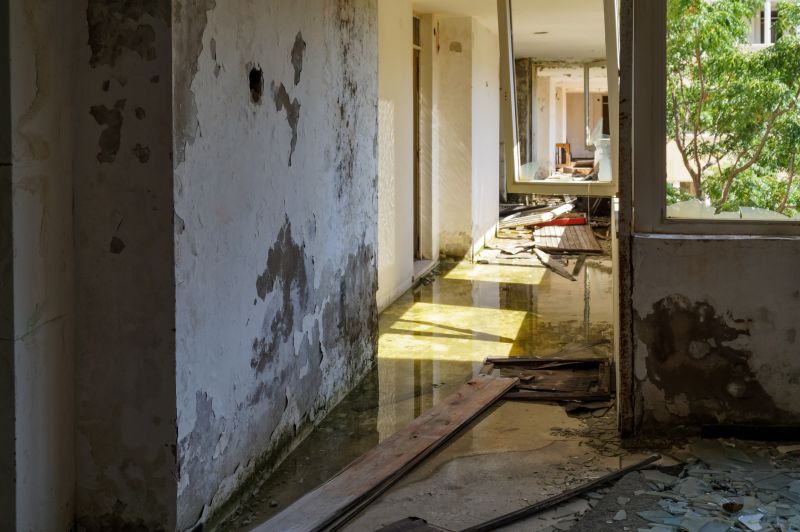
Addressing interior water intrusion.
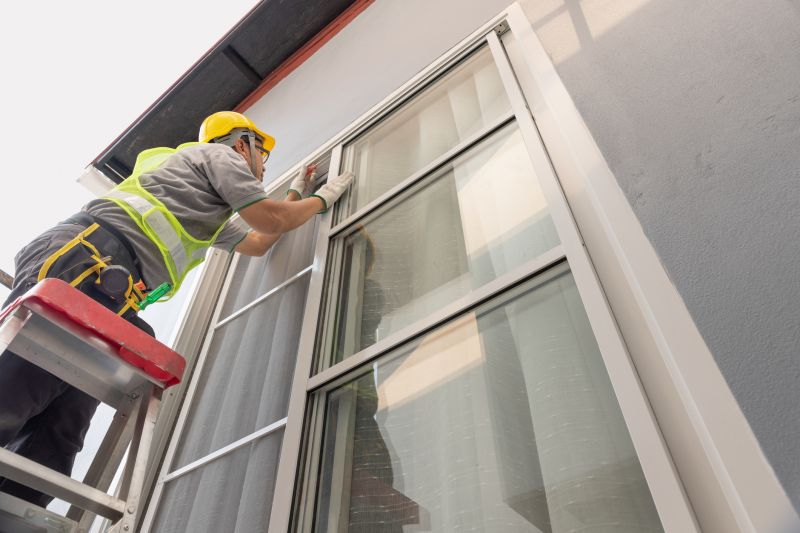
Temporary fixes to secure the property.

High-end options that actually feel worth it for Storm Restorations.
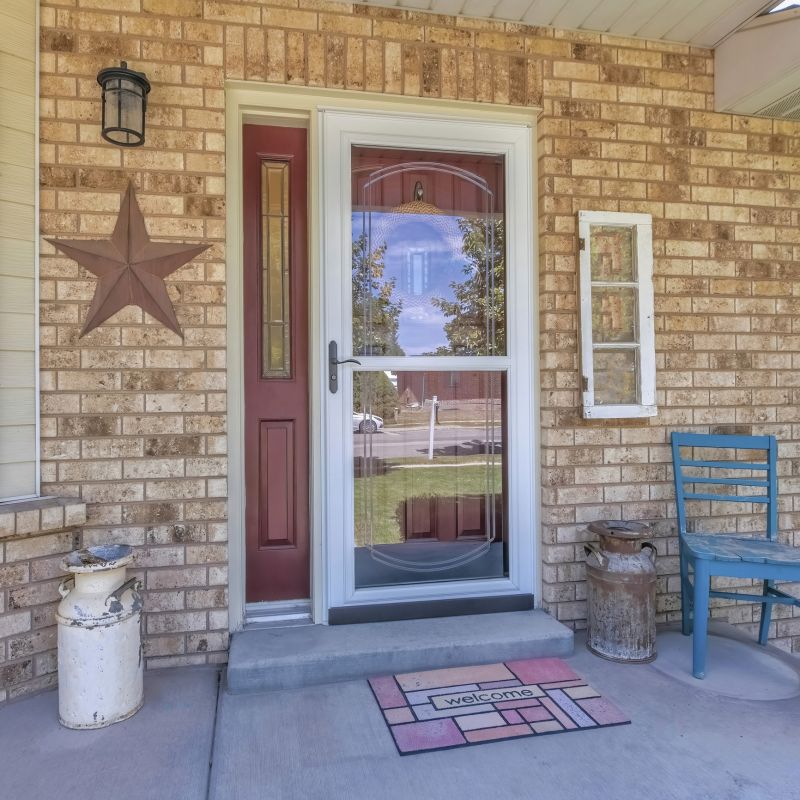
Finishes and colors that play nicely with Storm Restorations.
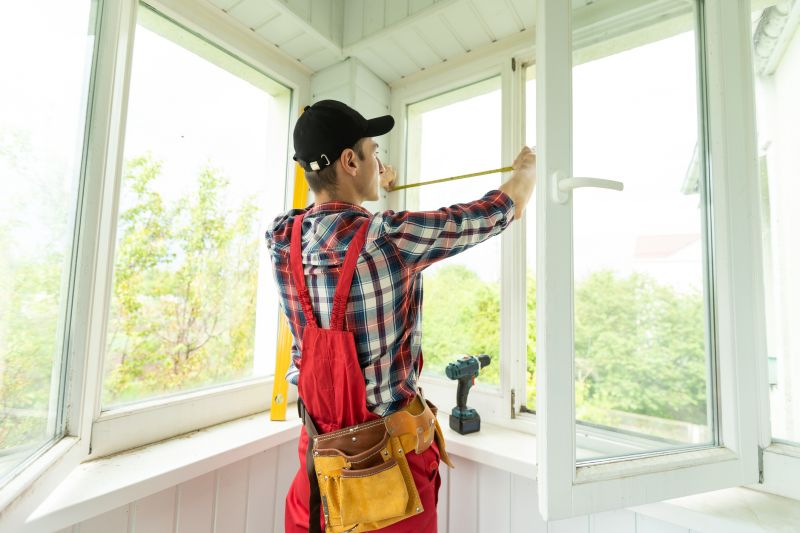
Little measurements that prevent headaches on Storm Restorations day.

A 60-second routine that keeps Storm Restorations looking new.
Filling out a contact form can provide more information on the best timing for storm restorations. Early engagement allows for better planning and quicker response to storm-related damages, helping to safeguard properties against future weather events.
